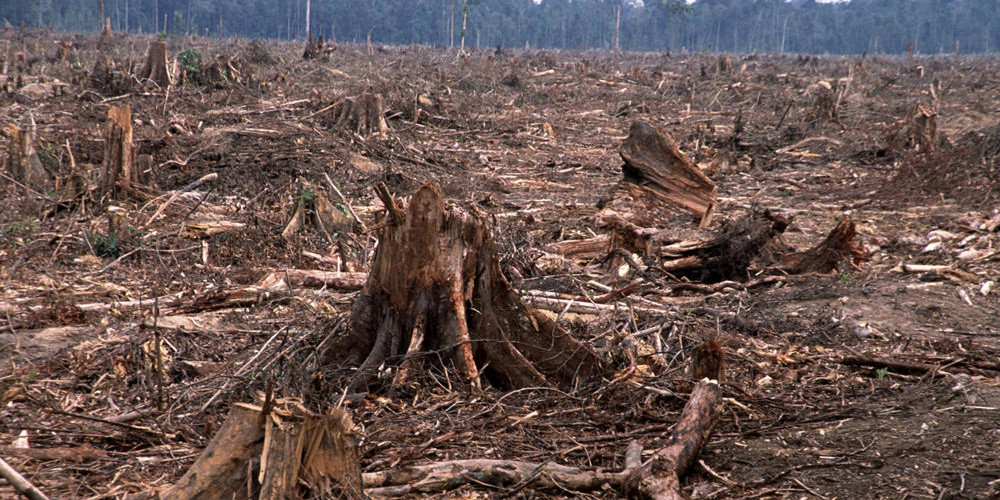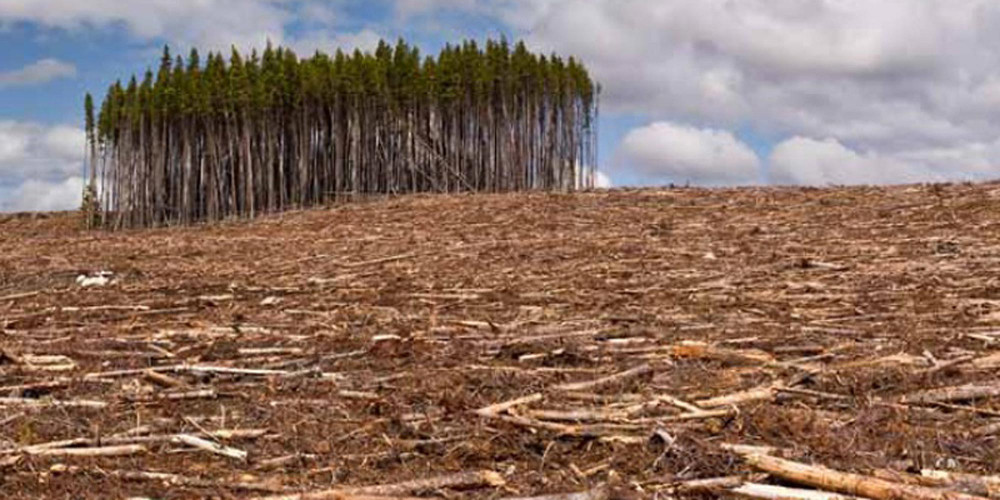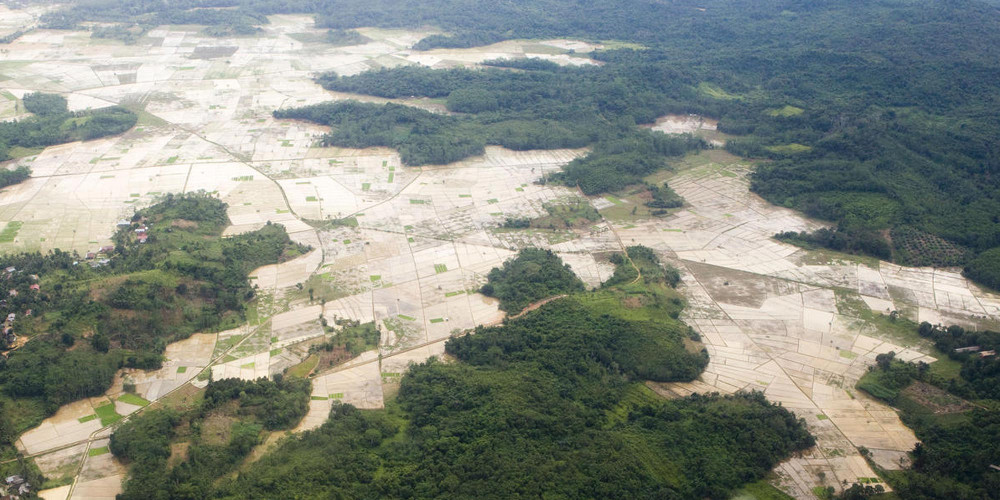Deforestation
Deforestation is the clearing or destroying of trees through deliberate, natural, or accidental means. It can occur in any area densely populated by trees and other plant life, but the majority of it is currently happening in the Amazon rainforest. The loss of trees and other vegetation can cause climate change, desertification, soil erosion, fewer crops, flooding, increased greenhouse gases in the atmosphere, and a host of problems for indigenous people.
Deforestation occurs for a number of reasons, but the primary affectors are farming and logging. It has been happening for thousands of years, arguably since man began converting from hunter/gatherer to agricultural based societies, and required larger, unobstructed tracks of land to accommodate cattle, crops, and housing. It was only after the onset of the modern era that it became an epidemic. The use of heavy machinery and the larger demand to fulfill today's population's need for wood resources has exponentially increased the rate in which trees are cut down.
One of the most dangerous and unsettling effects of deforestation is the loss of animal and plant species due to their loss of habitat- not only do we lose species known to us, but also those unknown. Seventy percent of Earth’s land animals and plants live in forests, and when a forest is destroyed, so are the species residing within.
In addition to the loss of habitat, the lack of trees also allows a greater amount of greenhouse gases to be released into the atmosphere. Presently, the tropical rainforests of South America are responsible for 20% of Earth’s oxygen and they are disappearing at a rate of 4 hectares a decade. The trees also help control the level of water in the atmosphere by helping to regulate the water cycle. With fewer trees left due to deforestation, there is less oxygen in the air and water to be returned to the soil.



